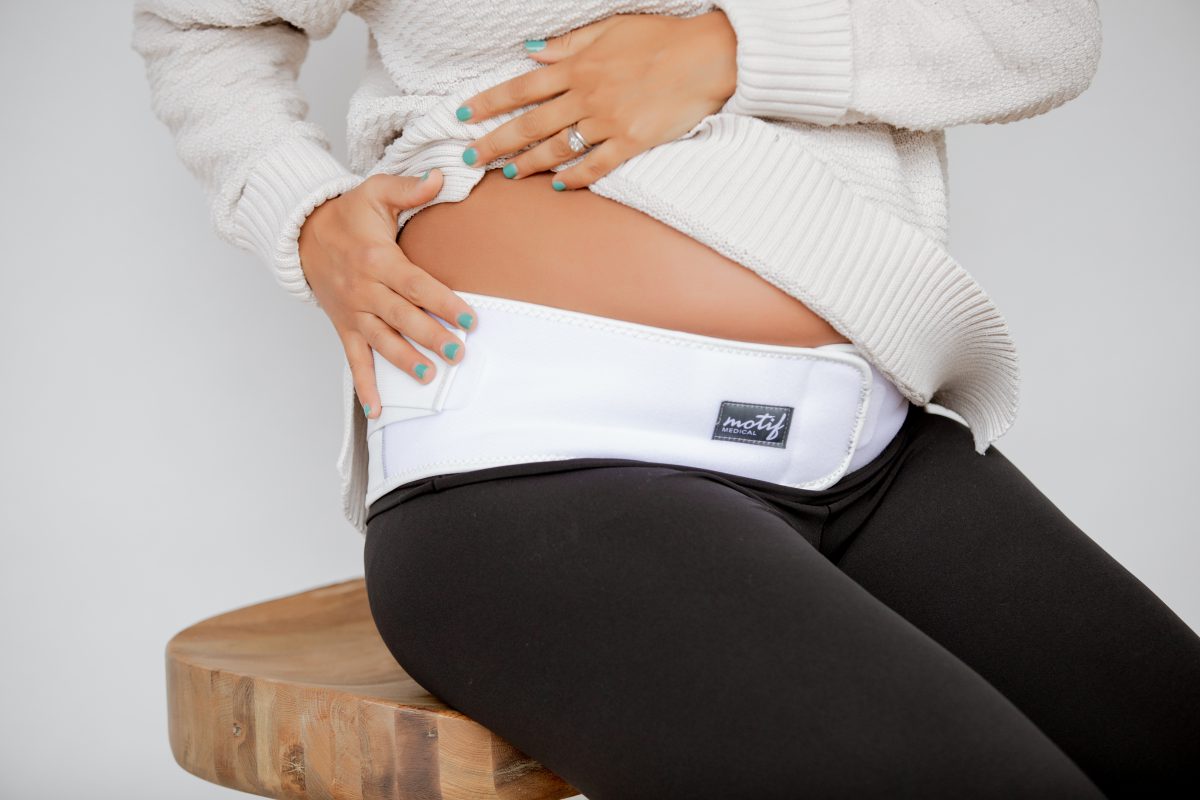Shapewear vs. Compression Garments
In a world where women’s bodies are constantly under a magnifying glass, pregnancy can be a welcome respite. Rather than worrying about maintaining an ideal figure, women are free to focus purely on their health and comfort. After all, a growing body means a growing baby, and a precious life you’ll soon have in your arms. It seems counterintuitive to stock up on shapewear while pregnant – so why, then, is the market for such garments exploding? Why spend time, money, and brain-power on maternity shapewear?
Pre-pregnancy, putting on shapewear can smooth out perceived imperfections and slim your waistline. But during pregnancy – and even after – shapewear exists to aid in comfort, pain relief, and can even help prevent certain health complications.
Pregnancy shapewear, more accurately known as Maternity Compression Garments, generally fall into three categories:
- Pregnancy Belts or Bands;
- Post-partum Recovery Support Garments; and
- Compression Garments.
Maternity Garments
Pregnancy belly bands wrap around the belly and can extend the life of your clothing as your belly grows by covering exposed skin. They blend in seamlessly beneath your clothes and can be put on with ease. While belly bands can make adjusting to your growing body less stressful, belly belts offer more support and health benefits.
Belly belts can be slightly more conspicuous than their band counterparts. These garments generally have adjustable clasps to expand as your belly grows, and some have additional padding or straps for extra support.
A study published in The National Library of Medicine in 2017 indicates that pregnancy belts are useful in alleviating pelvic and lower back pain. Since they offer support for your lower back, studies have indicated these bands can increase stability and reduce the risk of falls as your center of gravity shifts with Baby. Belly bands and belts can make exercise during pregnancy safer and more comfortable, which can be an indispensable tool for maintaining mental and physical health.
Post-Partum Recovery Support Garments
Post-partum belly wraps are worn to provide your abdomen with additional support as your body heals from pregnancy. While your uterus is shrinking down to its pre-baby size, a belly wrap can help hold your body firmly in place. Additionally, belly wraps can ease incision pain and abdominal stress while healing from a c-section.
Wearing a wrap post-partum can also help prevent Diastasis Recti, a common ailment in which your abdominal muscles do not fully heal back together following pregnancy.
Women should consult with their doctors before beginning the use of post-partum support garments. Certain medical complications such as pre-eclampsia or signs of infection can be exacerbated by them.
Compression Garments
We think of compression socks as useful tools for working out and travel, but with the rapid changes our bodies experience during pregnancy, compression socks can be a lifesaver for your legs and feet.
Along with general soreness in your legs, as your uterus expands, more pressure is placed on your veins, which can lead to Deep Vein Thrombosis (DVT). This can be a dangerous condition, as blood clots can travel through your veins and into your lungs. Compression socks are designed to apply pressure which aids in circulation.
While many women use compression socks throughout their pregnancies, they become increasingly useful in the second and third trimesters.
Pregnancy compression shorts generally cover the abdomen as well as the upper leg. A study published in 2019 indicates that these shorts are effective in relieving pelvic and lower back pain.
Final Thoughts
Compression garments can be a great tool aesthetically. During pregnancy, they can extend the life of your clothing and smooth out your growing body. Post-partum garments may help you appear slimmer as your body sheds excess weight.
But the far more pressing concern is the health and comfort of Mom while she shares her body with her new baby. Compression garments may be an invaluable part of the process. Consult your physician about the benefits of pregnancy belly bands, post-partum recovery garments, and compression socks.
You may qualify for maternity compression tools through your insurance. Visit us at Spring Creek Medical Supply and fill out our simple insurance form to find out!
For a list of the best belly belts on the market, check out Babylist.
